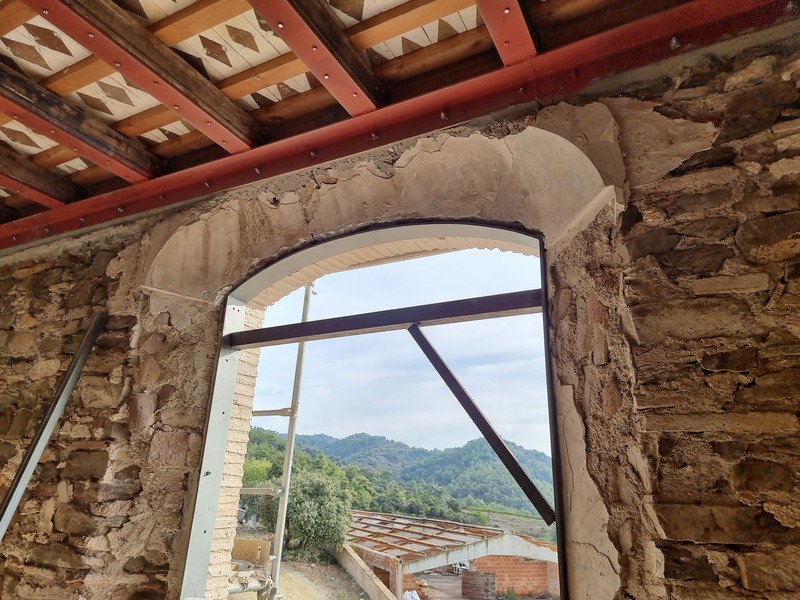The EU aims to decarbonise Europe by 2050. To this end, it has proposed grants for the retrofitting of current real estate with Next Generation funds.
The building sector is responsible for 40% of Europe's energy use and 36% of CO2eq emissions. Europe wants to change this trend and, to achieve it, proposes a series of subsidies for rehabilitation. But to meet the requirements of these aids, it is necessary to improve our buildings by reducing their energy consumption by at least 30%. Next, we discuss what energy retrofitting is, its importance for decarbonising the building stock in line with the European Green Pact, how retrofitting is carried out step by step and the available subsidies.
To transform Europe towards a modern and resource-efficient economy, it is necessary to ensure that 'net greenhouse gas emissions have ceased to be produced by 2050.' This is the aim of the European Green Deal (European Green Deal). Funded by the Next Generation EU Recovery Plan, its proposals include achieving renovated and energetically efficient buildings.
Rehabilitating these buildings is crucial to decarbonise our old continent, as they are responsible for one third of carbon emissions. Energy retrofitting refers to activity aimed at reducing the final energy use of buildings, making them more efficient and resilient, as well as at their CO₂ emissions.
What actions are taken? Energy retrofitting step by step
The following are the fundamental steps to be taken for the energy retrofitting of a building:
- Improve the thermal envelope: insulation in façades and roofs, windows with good thermal characteristics, break thermal bridges.
- HVAC and domestic hot water (DHW): choose highly efficient systems and water or with environmentally responsible refrigerants.
- Renewable energies: it is a good idea to make use of your roof with photovoltaic panels. There are other options that may suit your project better: solar thermal panels or biomass, for example.
Next Generation Funds for building retrofit
With funding from European funds, a series of grants and aids have been launched aimed at rehabilitating the existing building stock. The goal is to achieve high-quality buildings with high energy efficiency by 2050. The Programme to Promote the Rehabilitation of Public Buildings (PIREP) is aimed at autonomous communities and local authorities: Regional and local PIREP, respectively.
With a budget of €1.08billion, this plan is aimed at sustainable energy retrofitting of buildings in public ownership and use, resulting in savings of at least 30% in non-renewable primary energy consumption. Full details of the call can be found in the "PIREP Application Guide".
Likewise, the Government has launched a plan of aid for the comprehensive rehabilitation of residential buildings and homes. The residential rehabilitation plan, with a total budget of €4.42 billion and which also includes a series of tax benefits to encourage this activity, is divided into six programmes, five of which are linked to rehabilitation activities. Specifically, the programmes cover actions:
- At neighbourhood level (construction of parks and green areas, redevelopment and improvement of the environment, among others).
- Of buildings (improvement of insulation, carpentry, accessibility, etc.).
- Housing (replacement of windows, aerothermics, installation of solar or photovoltaic panels, etc.).
European subsidies provide us with financial support to be able to reduce the energy consumption of our homes. An opportunity to carry out the energy retrofitting of our buildings. This is, definitely, the perfect time to energy retrofit your property.


